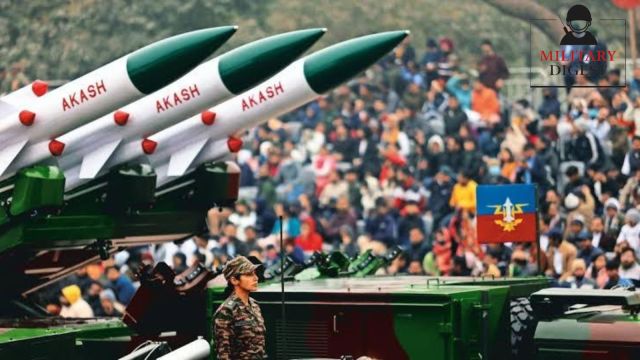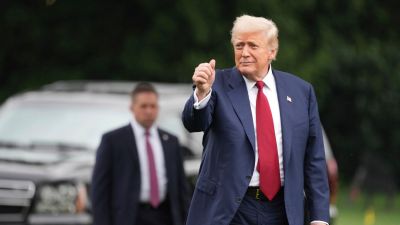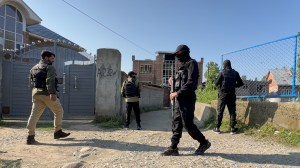Military Digest: History of distinguished service awards and the controversy that comes in their wake
As Republic Day approaches, a look at the selection process for military honours.
 An Army air defence contingent at a Republic Day Parade. (File Photo)
An Army air defence contingent at a Republic Day Parade. (File Photo)In a few days, it will be time to announce distinguished service awards for defence forces personnel on the occasion of Republic Day. This is a fitting occasion to remember the genesis of these awards and how they have evolved over the past 60 years amid comments on the predictable nature of their recipients.
It was on January 26, 1960, that certain new medals were instituted by the Government of India through notifications issued by the President’s secretariat. These included the Sainya Seva Medal, Videsh Seva Medal, Sena/Nao Sena/Vayu Sena Medal and Vishisht Seva Medal Class I, II and III.
In 1967, the Vishisht Seva Medal Class I was renamed the Param Vishisht Seva Medal (PVSM), while the other two categories of the medal were renamed the Ati Vishisht Seva Medal (AVSM) and Vishisht Seva Medal (VSM), respectively.
As per the warrant of precedence for wearing medals, a notification issued in 2020 placed the PVSM higher than gallantry awards like the Maha Vir Chakra (MVC), Vir Chakra (VrC), Kirti Chakra (KC) and Shaurya Chakra (SC).
In 1980, three new medals for distinguished service were instituted: the Sarvottam Yudh Seva Medal (SYSM), Uttam Yudh Seva Medal (UYSM) and Yudh Seva Medal (YSM). These were to be awarded for distinguished service in times of war, conflict or hostilities. The SYSM ranks higher than the PVSM in terms of order of precedence, thus also surpassing gallantry awards like the MVC, VrC, KC and SC.
Not surprisingly, Lt Gen Brij Mohan Kaul was the first recipient of the PVSM on January 26, 1961. Known to be very close to then prime minister Jawaharlal Nehru, Lt Gen Kaul later faced ignominy in the 1962 war debacle with China. Rear Admiral (later Honourary Vice Admiral) Daya Shankar was also awarded the PVSM that same year.
While the gallantry awards are generally perceived as fair (some suspicions arose with the Siachen fake killings and Ketchup Colonel scams, but those issues have since been resolved), the distinguished service awards are marked by their predictable nature.
There was a time when the award of the Param Vishisht Seva Medal (PVSM) and the Ati Vishisht Seva Medal (AVSM) was done with some degree of selectivity. However, this is no longer the case. This trend has evolved over the past three decades, with Army commanders and heads of services seemingly having a right to PVSMs. Rarely does one find an Army commander or a head of an arm/service who retires without the quintessential PVSM.
Colonel Narendra ‘Bull’ Kumar, the legendary mountaineer, is one exception to the award of the PVSM at the rank of colonel, and the award was undoubtedly well deserved. Olympic medallist Neeraj Chopra, who is a subedar major in the Army, has also been awarded the PVSM and VSM for excelling in sports. Junior commissioned officers have also received AVSMs for excelling in international sports activities, marking exceptions to the rule.
It has often been reasoned that it is quite obvious that the awardees have had distinguished service, which is why they have achieved high appointments in the first place. However, critics contend that merely holding that appointment and completing the tenure should not be sufficient grounds for receiving these medals. They assert that awardees must show what extraordinary achievements they have had to deserve such decorations, or the awarding authority must provide justification for the awards at this stage of their careers.
The same argument applies to the AVSMs, which have also become the exclusive preserve of flag ranks such as major general and lieutenant general, with an occasional brigadier included in the list.
Every year, many within the defence services hope for greater transparency in the process of awarding distinguished service medals.












